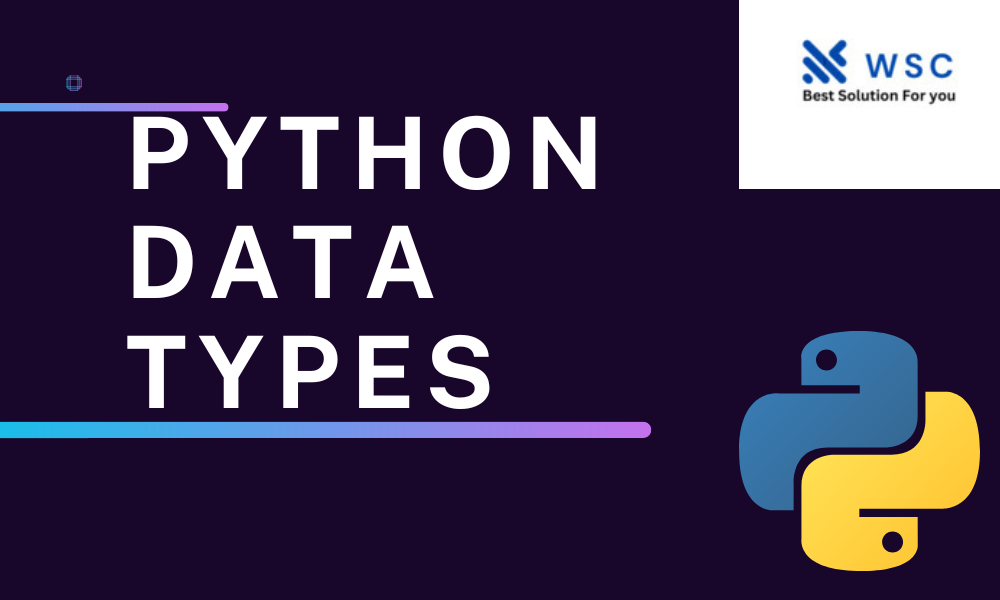Exploring Underrated Python Data Types
Introduction
- Introduce the concept of data types in Python and how they impact programming efficiency.
The Power of Lesser-Known Data Types
- Discuss the significance of lesser-known data types in optimizing code efficiency. Explain why diversifying beyond standard data types matters.
Unveiling the Hidden Gems
- Introduce and explain one or two lesser-known data types such as “Frozenset” and “Namedtuple.” Provide code examples to showcase their usage and advantages.
Use Cases and Applications
- Explore real-world scenarios where these lesser-known data types shine, like “Frozenset” for hashable, immutable sets and “Namedtuple” for readable data structuring.
Comparative Analysis
- Compare the performance and functionality of these data types with more common ones like lists and dictionaries. Highlight how these alternatives streamline coding.
Implementation Tips and Best Practices
- Offer practical tips for integrating “Frozenset” and “Namedtuple” into Python projects. Emphasize readability and code organization.
Conclusion
- Summarize the benefits of incorporating lesser-known data types. Encourage readers to experiment with these types to improve their coding skills.
Code Practice:
# Example of using Frozenset and Namedtuple
from collections import namedtuple
# Frozenset usage
colors = frozenset(["red", "green", "blue"])
print("Colors:", colors)
# Namedtuple usage
Person = namedtuple("Person", ["name", "age", "location"])
alice = Person(name="Alice", age=30, location="New York")
print("Person:", alice)
Elevating Your Python Projects with Unconventional Data Types
Introduction
Begin with a captivating hook about the untapped potential of certain Python data types.
Introducing the Unsung Heroes
- Present a selection of lesser-known data types, such as “Counter” and “Deque,” explaining why they’re overlooked despite their value.
In-Depth Exploration
- Dedicate sections to each featured data type. Explain their syntax, usage, and practical applications in diverse scenarios.
Benefits of Integration
- Discuss the advantages of incorporating “Counter” and “Deque” in Python projects. Highlight their contribution to performance and code readability.
Conclusion
- Recap the benefits of embracing lesser-known data types. Inspire readers to broaden their coding horizons and explore new possibilities.
Code Practice:
# Example of using Counter and Deque
from collections import Counter, deque
# Counter usage
text = "python data types are fascinating python"
word_count = Counter(text.split())
print("Word Count:", word_count)
# Deque usage
queue = deque(["apple", "banana", "cherry"])
queue.append("date")
print("Queue:", queue)
Unleash the Potential of Overlooked Python Data Types
Introduction
Pose a thought-provoking question about the role of data types in coding. Introduce the concept of lesser-known data types
The Hidden Gems of Python
- Discuss the concept of “hidden gems” in programming and how it relates to data types. Mention the more common data types most developers focus on.
Deep Dive into Unconventional Choices
- Highlight three lesser-known data types like “Decimal,” “ChainMap,” and “UserDict.” Explain their syntax, benefits, and advantages over standard data types.
Revolutionizing Your Projects
- Illustrate how integrating these data types can revolutionize Python projects. Use examples to show how they elegantly solve complex problems.
Guided Implementation
- Provide a step-by-step guide for implementing “Decimal” to ensure precise decimal arithmetic. Break down the code for clarity.
Conclusion
- Summarize the transformative potential of lesser-known data types. Urge readers to explore these options and expand their coding horizons.
Code Practice:
# Example of using Decimal and ChainMap
from decimal import Decimal
from collections import ChainMap
# Decimal usage
price = Decimal("10.99")
tax_rate = Decimal("0.08")
total_price = price * (1 + tax_rate)
print("Total Price:", total_price)
# ChainMap usage
default_settings = {"theme": "light", "font": "Arial"}
user_settings = {"font": "Helvetica"}
combined_settings = ChainMap(user_settings, default_settings)
print("Combined Settings:", combined_settings)
Check our tools website Word count
Check our tools website check More tutorial




